Best low-maintenance evergreen shrubs for a front yard – 5 easy-to-grow plants that will instantly boost curb appeal
These evergreens will maintain impact and interest all year long
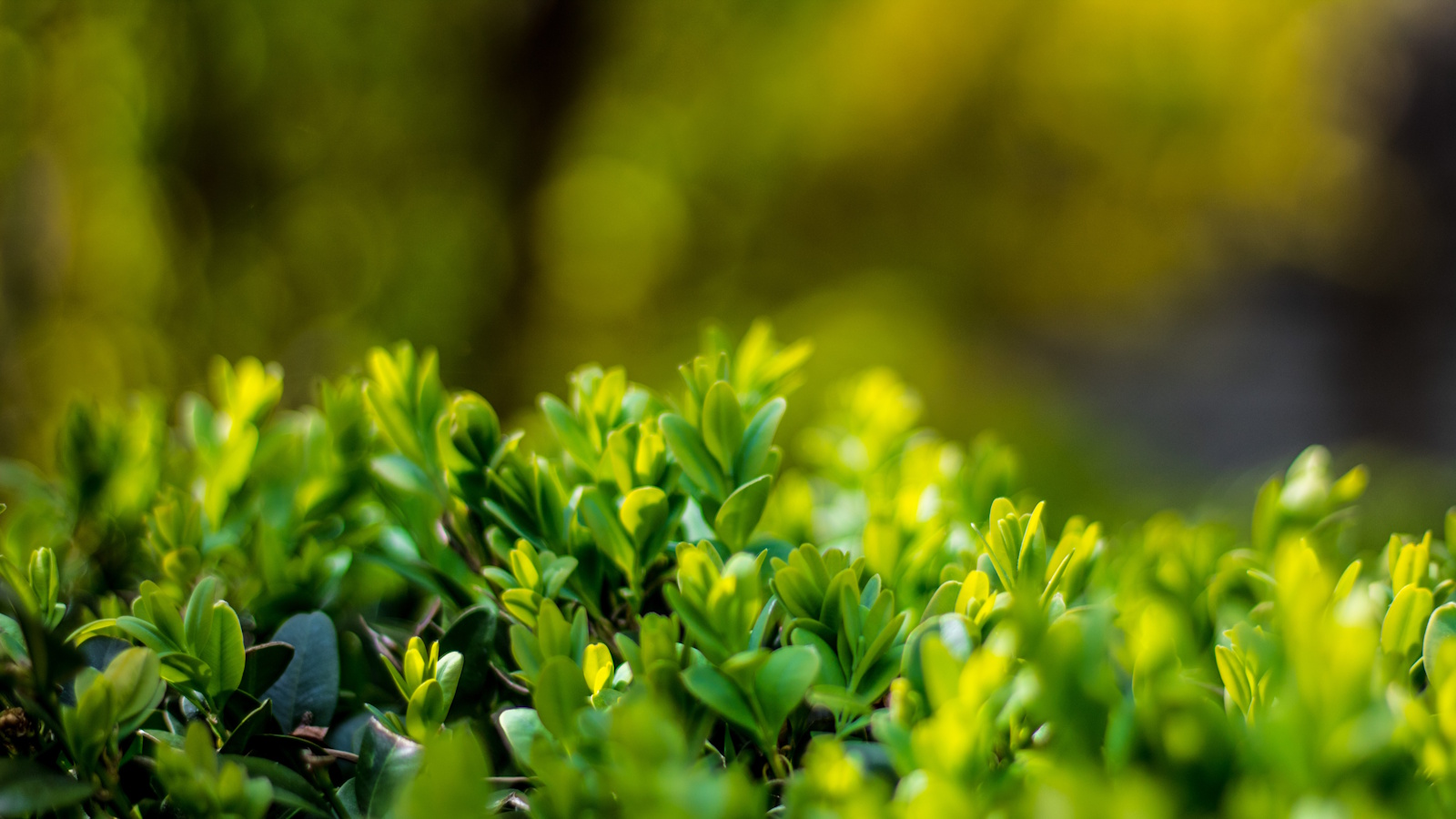

Evergreen shrubs are stalwarts of any well-designed front yard. Adding any number of evergreen shrubs to borders or containers can instantly boost your home's curb appeal. After all, a front yard with yew hedging, box domes or bamboo in pots is much more desirable than an empty, bare plot that is void of life.
As a former professional gardener, I have planted countless evergreen shrubs when working in different public and private gardens across the UK. While most are relatively straightforward to grow, I have a small number of low-maintenance evergreen shrubs for a front yard that I always recommend. These plants are suitable for anyone looking for an easy way to add year-round beauty to their plot.
If you are short on time or space, even the addition of one or two statement evergreens can make a difference, and it is never too early or too late for a refresh. So, if you are looking for low-effort but high-impact shrubs for the front of the house, you have come to the right place. Here, garden experts share five of the best plants that can transform any outside space.
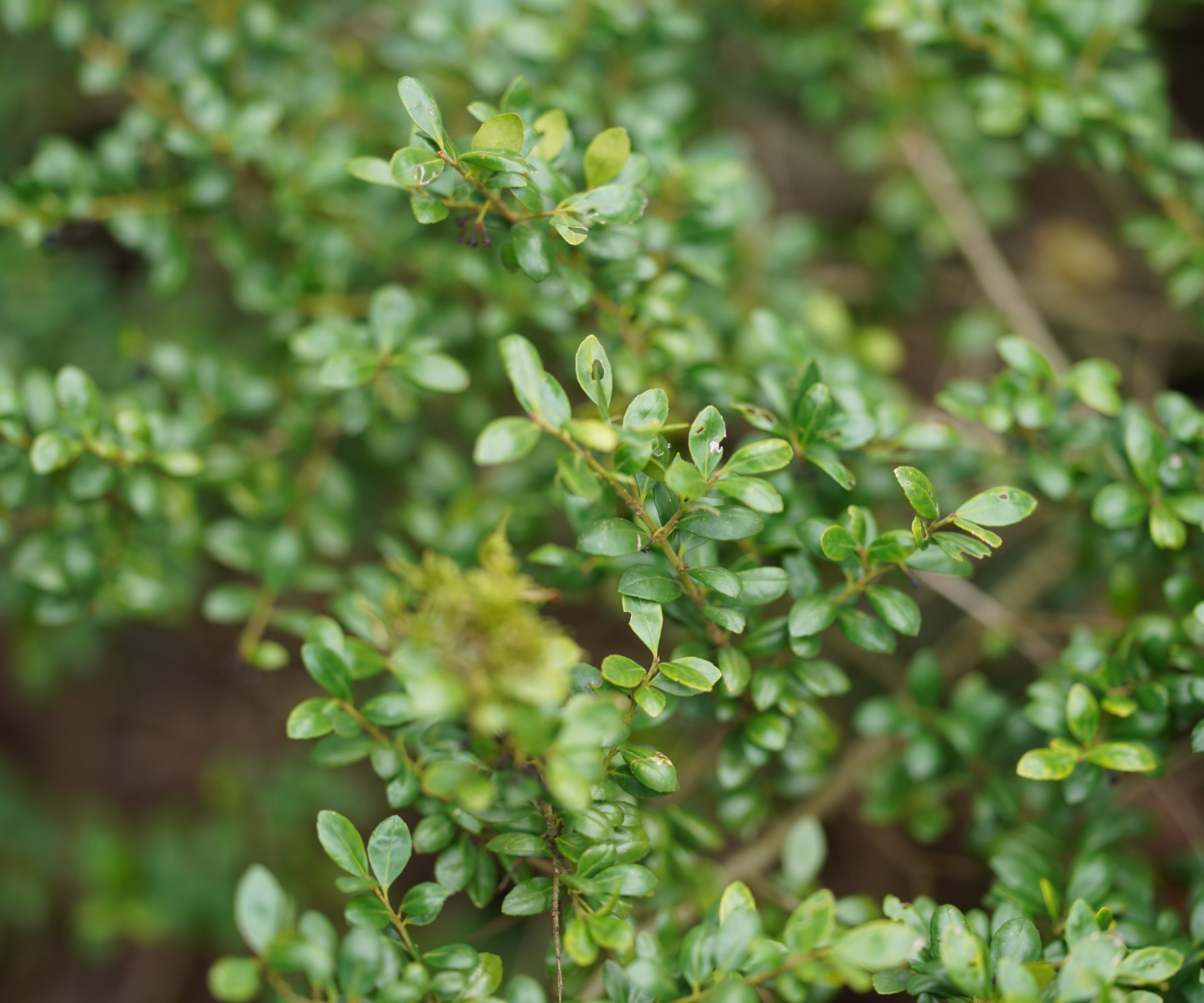
Low-maintenance evergreen shrubs for a front yard
There are countless evergreen shrubs found growing worldwide. Wherever you live and regardless of your climate or US hardiness zone, you are sure to find several species that are best suited to your tastes and needs. Here are five low-maintenance evergreen shrubs for a front yard that will help elevate your home this year.
1. Sacred bamboo
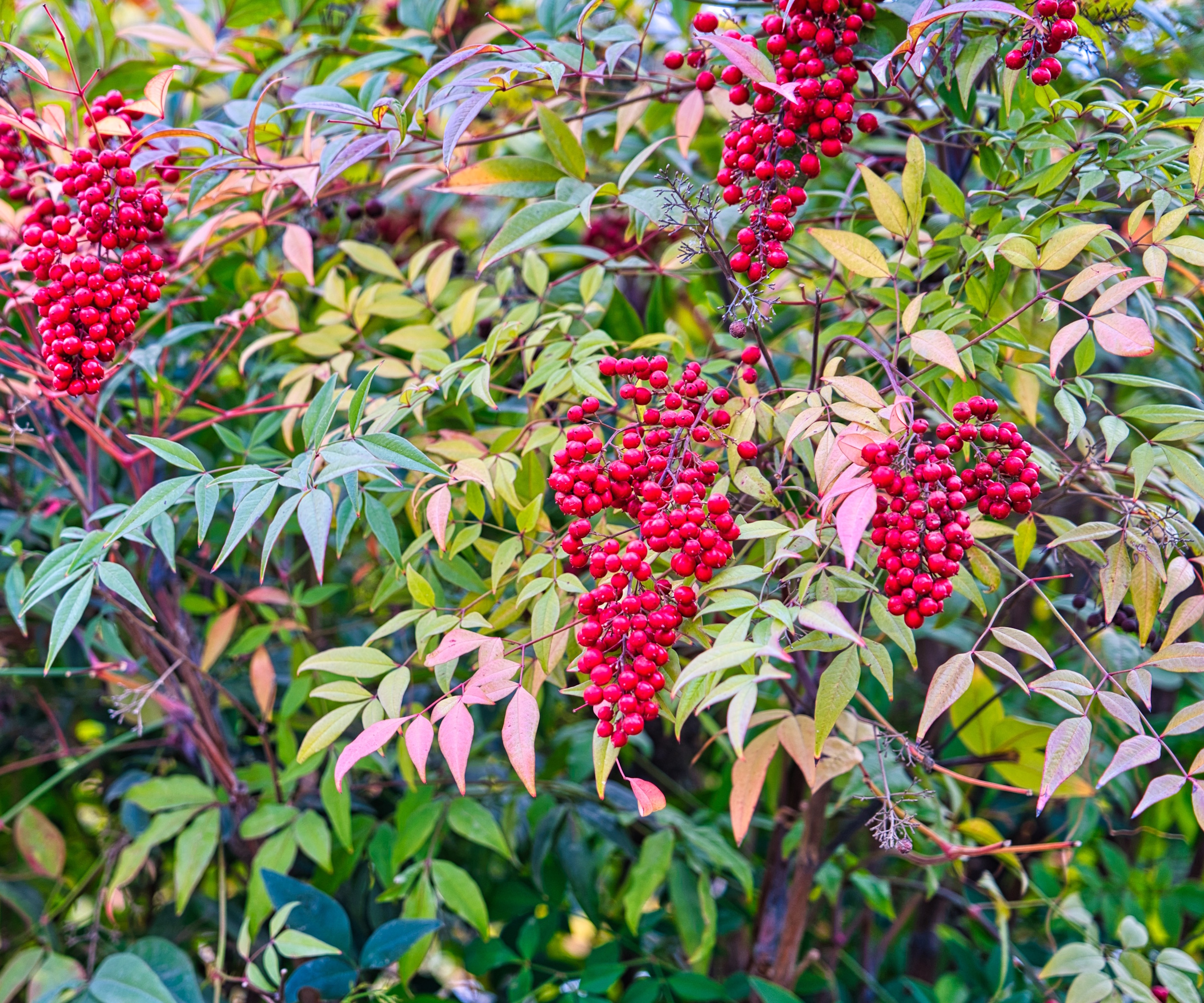
Nandina domestica, or heavenly bamboo, is not a true bamboo but an elegant, evergreen plant that is considered one of the best shrubs for fall berries. The vibrant fruits of heavenly bamboo, as seen above, can be relied on to maximize interest during November and December, which would be a nice addition to any front yard.
We grew this species in the courtyard at the Garden Museum, London, where I completed my horticultural traineeship and never had any problem with its vigor or spread. However, in many US states (particularly in the southeast) it is reported as an invasive plant, so always consult with your local government office before planting.
Nandina domestica can be grown from US hardiness zone 6 to zone 9. It is remarkably low-maintenance, thriving in full sun or part shade and once established, does not require supplemental watering. They do tend to have a quick growth rate, so annual pruning in late winter or early spring can help to limit the spread. Simply thin stems and remove any basal shoots to keep the plant in check.
Heavenly bamboo could also be grown as an evergreen hedge, which is a nice alternative to the uniform green of yew or laurel. Small nandina plants are available from Amazon.
2. Japanese holly
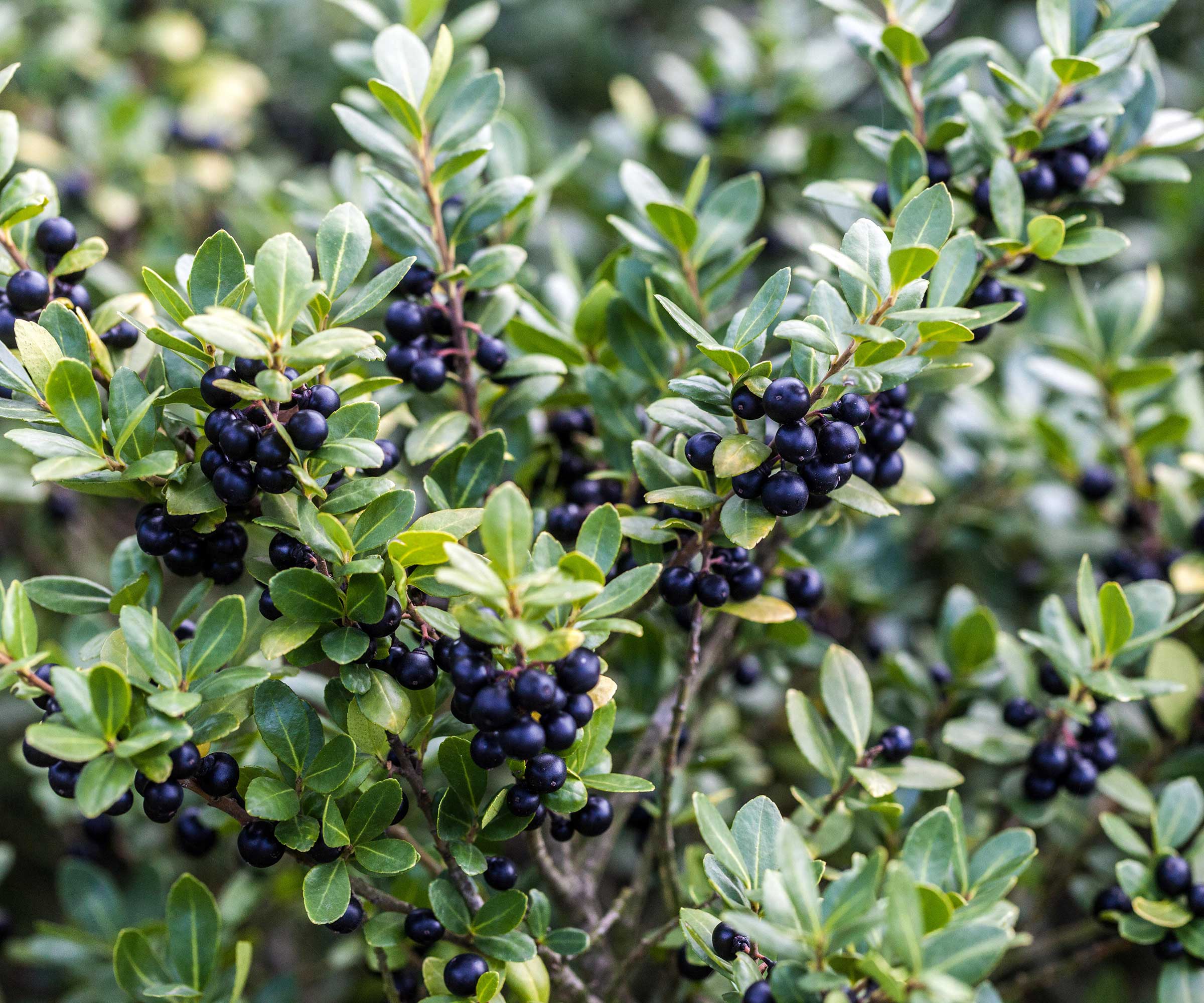
Japanese Holly, or Ilex crenata, is a fantastic boxwood alternative to use in front yard hedging or topiary. Low-maintenance and virtually pest-free, Japanese holly is one of the easiest evergreen shrubs to grow.
'Ilex crenata is an ideal plant to grow if you are looking for privacy in your front yard,' says Alex Kantor, owner of Perfect Plants Nursery. 'It can be grown down to zone 5 in sun, part shade and full shade.
'With evergreen rounded foliage and bird-friendly berries in fall, Japanese holly is both practical and beautiful. Importantly, it is far more user-friendly than traditional spiky holly, which can be a hazard if you have young children.
'When established, it can reach up to five or six feet,' Alex adds. 'Japanese holly has a moderate growth rate of up to one foot per year, so you shouldn't need to do much pruning other than some light clipping in spring.'
I have used Japanese holly domes in many different gardens, and it really is one of the most adaptable evergreens. Nurseries tend to offer round, pyramidal or even cylindrical versions.

Alex has worked in the horticultural industry for over 20 years and grew up on the farm since his childhood years. Alex is an expert on landscape trees, shrubs, and indoor plants. He is passionate about growing and helping others learn the trade.
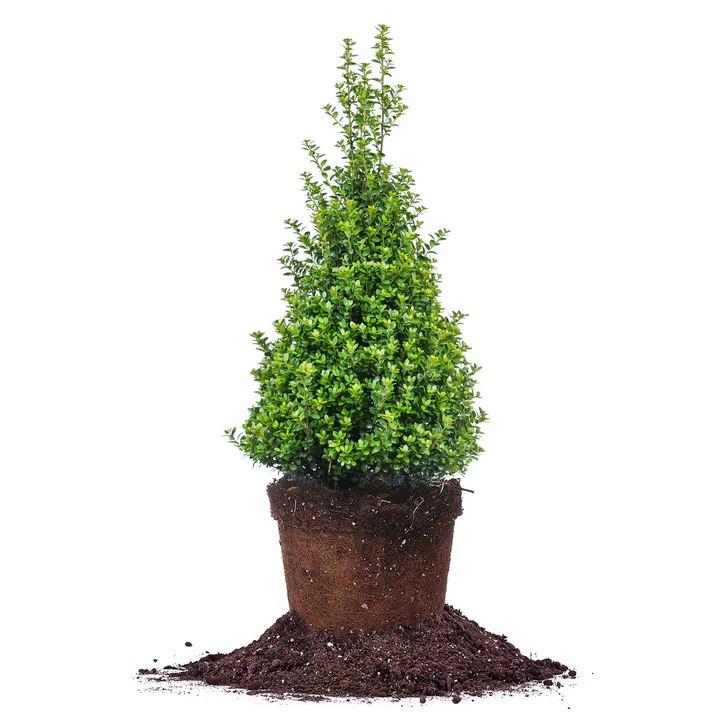
Japanese holly is one of the easiest shrubs to grow. It’s a hardy evergreen shrub that can tolerate frost and snow and is suited to northerly regions.
3. Sweet box
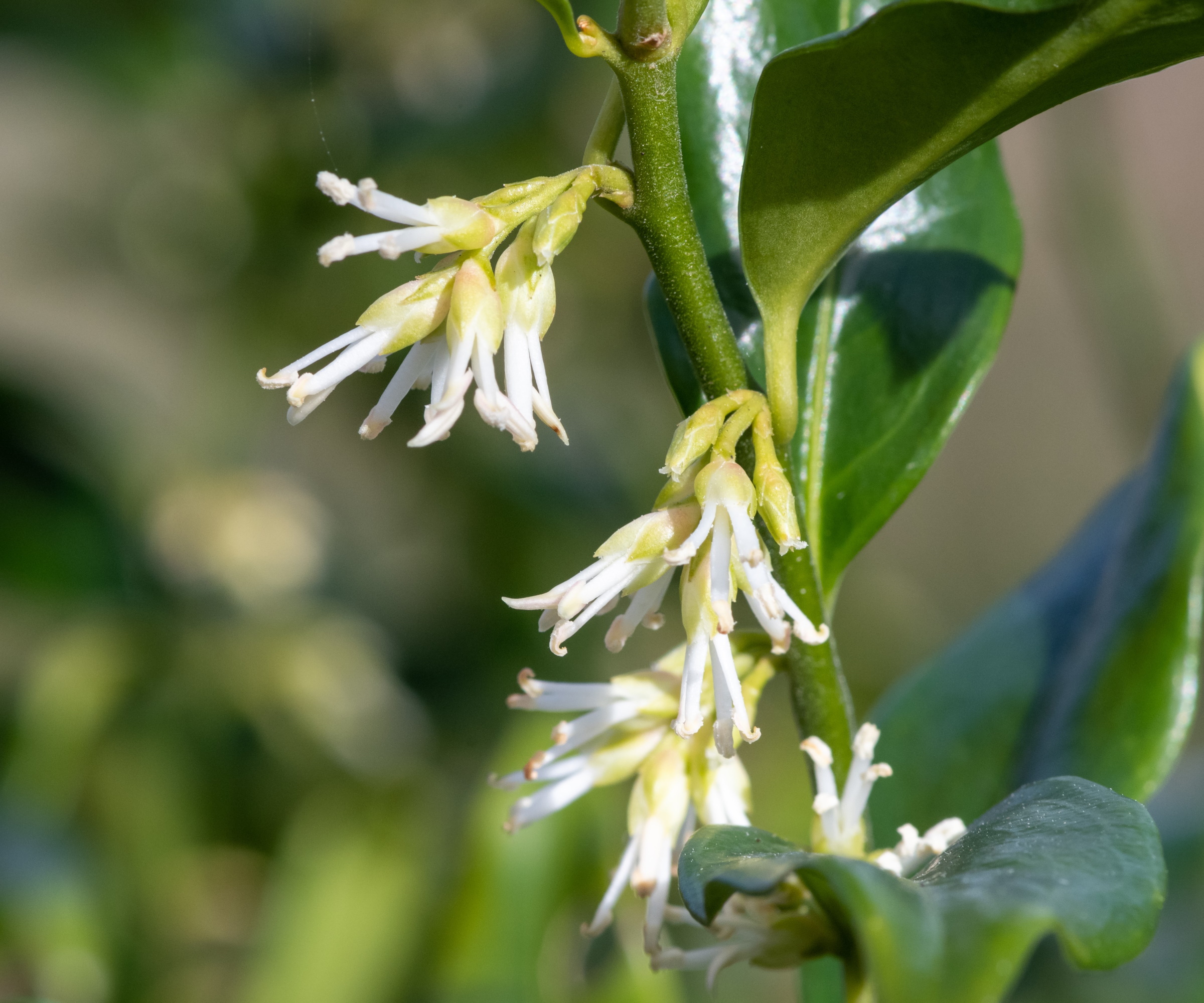
For a shade-loving, fragrant evergreen shrub, sweet box, or Sarcococca confusa, is a top choice. While slow-growing, sweet box can be relied on to add an evergreen and fragrant backdrop to borders in the front yard. Sweet box live plants are available from Walmart.
Sweet box will reach no taller than four or five feet at maturity and can be grown down to zone 6. It does best in partial to full shade, making it one of the best evergreens for small front yards that are north-facing. Water well during the first year, but once settled from year two onwards, it shouldn't require much supplemental watering.
If you have a sloping yard, sweet box is one of the best ground cover plants to prevent soil erosion. It has a suckering and spreading habit, so will bind soil with dense root systems.
4. Brachyglottis
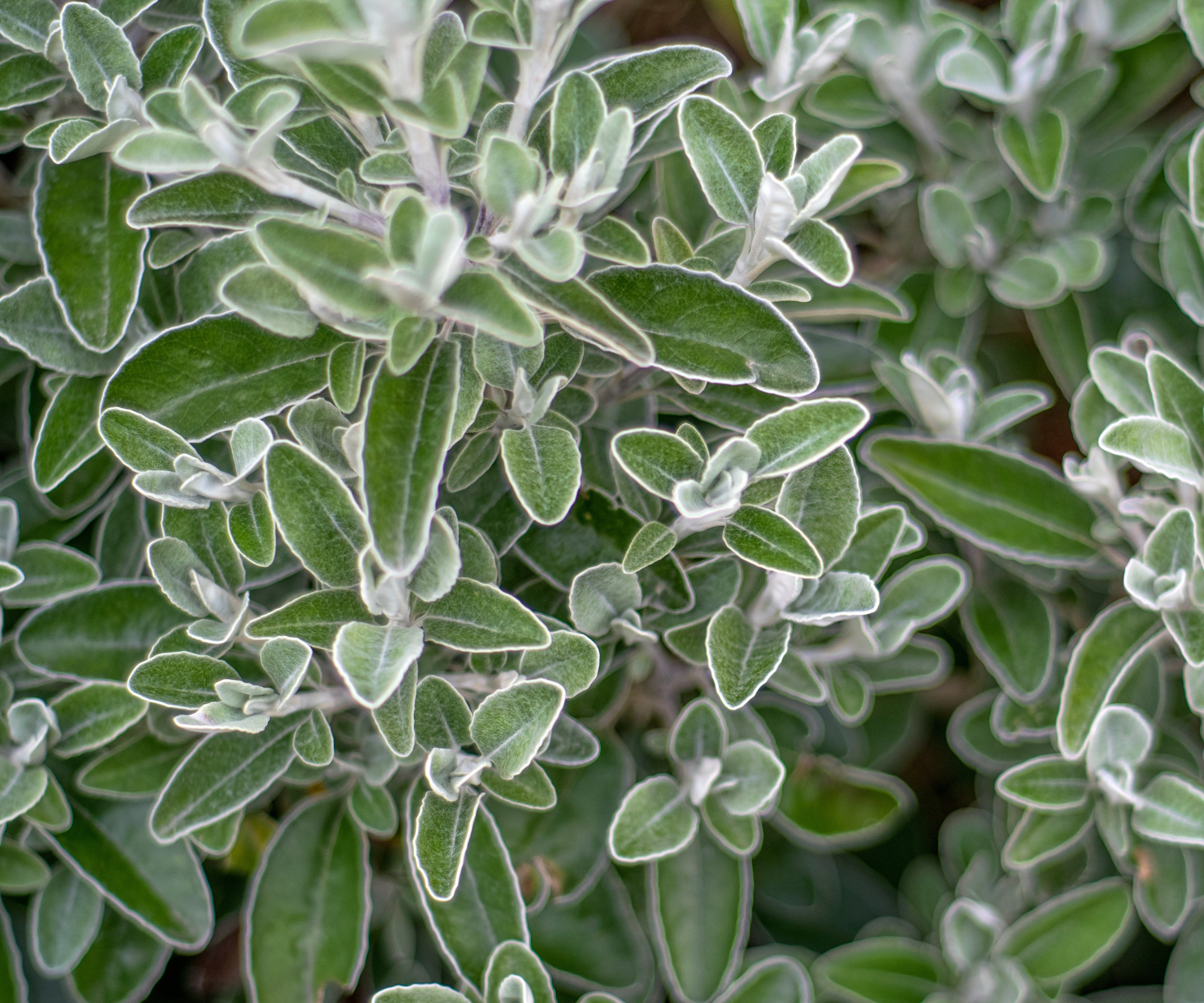
For a colorful front yard plant, look no further than Brachyglottis. Native to New Zealand, there are 39 species that make up this genus, although for a silver-leaved variety, opt for Brachyglottis senecio 'Sunshine', which produces green-gray foliage and golden-yellow flowers each summer.
Brachyglottis are some of the best front yard plants that contrast beautifully against other evergreen shrubs. During summer, the foliage will shimmer during sunny days, looking particularly impressive in Mediterranean-style landscapes.
They can be grown from US hardiness zone 8 and perform best in full sun. These low-maintenance shrubs can even thrive in poor soil, and require little to no additional care once established. Their mature height is usually around five or six feet tall, and annual trimming during spring will keep them compact and in good health.
For another plant with silver foliage, try growing artemisia, with live plants available from Walmart, which can be planted from zone 4 upwards in sunny yards.
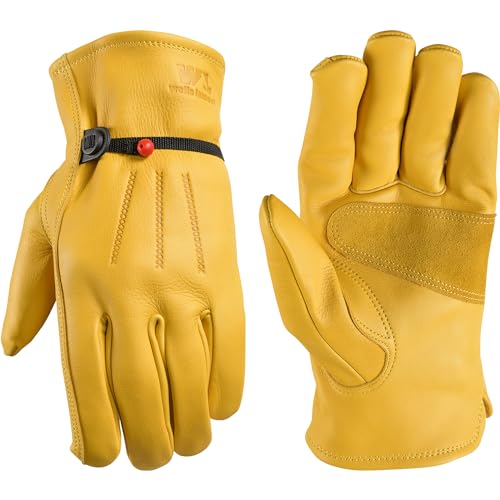
These yellow gardening gloves are affordable and durable and can be easily found if you drop one when weeding or pruning.
5. Rockrose
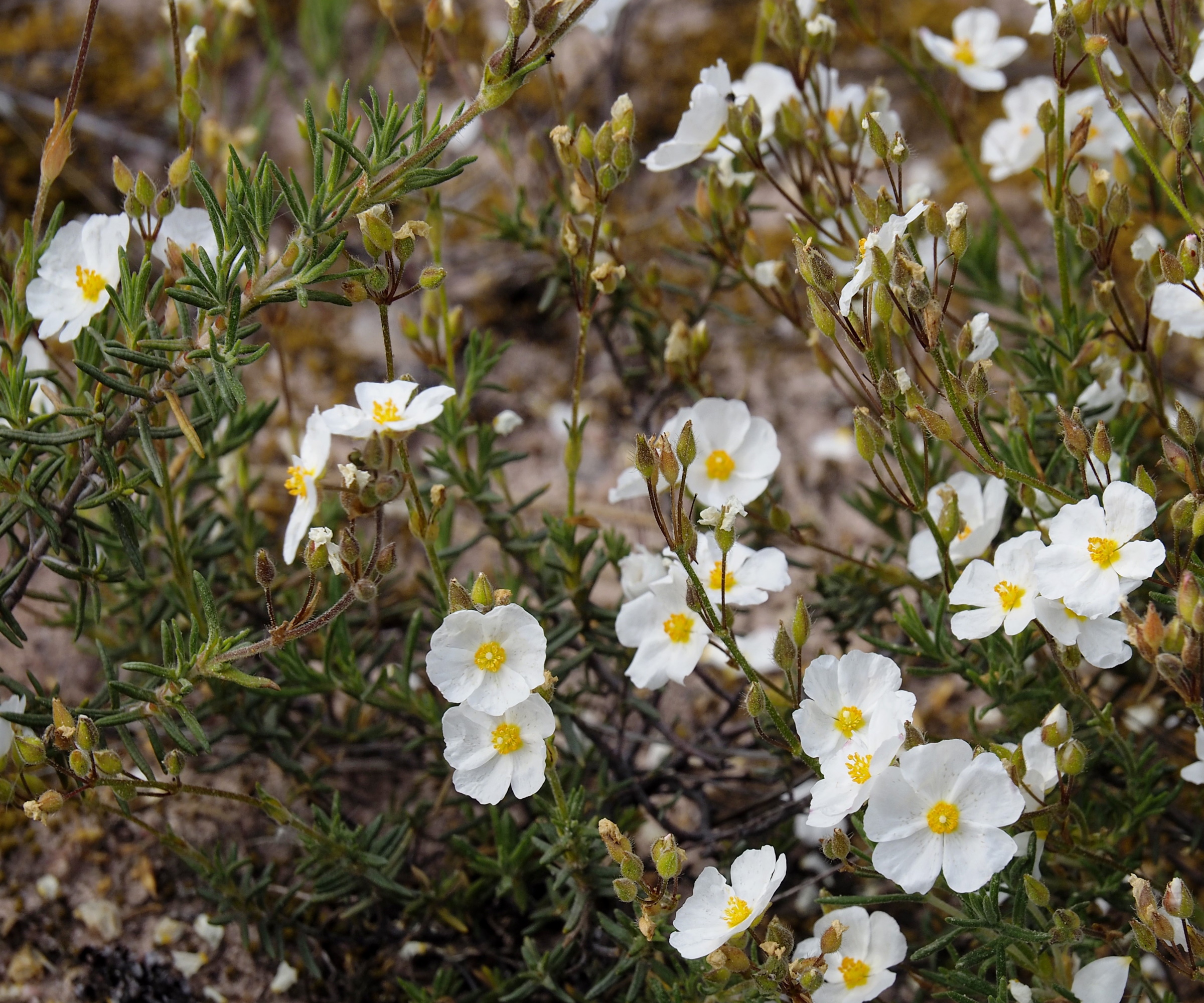
Rockrose, or Cistus, are fast-growing evergreen shrubs that thrive in hot conditions. These shrubs are native to dry or rocky soils throughout the Mediterranean region, including Spain, Italy and Greece. Rockrose seeds are available to order from Amazon.
Rockroses can be grown down to zone 8, although you might be able to plant them in sheltered front yards in zones 6 and 7. Most rockroses grow no taller than three or four feet tall, and once established, require very little care.
They are commonly used in informal hedgerows or borders, so if you are looking to add a touch of wild gardening to your front yard, rockroses are a good option. The unusual, paper-like flowers tend to bloom around midsummer, but each lasts only one day. Despite this short flowering time, however, I think their beauty and aromatic evergreen foliage make them a good option for gardeners in mild regions.
One attractive white-flowering species is Cistus corbariensisis. This has open blooms with bright yellow centers that will prove popular with pollinators during the summer months.
FAQs
What is a hardy native evergreen to grow in my front yard?
'Lingonberries, or Vaccinum vitas-idaea, are some of the hardiest native evergreens that can grow as low as zone 2,' says Tabar Gifford, plant expert and American Meadows master gardener. 'They can reach up to two feet in height, so should be kept towards the front of the border. Lingonberries have a preference for full sun or part shade, and in front yards, it might be a nice idea to use them to line driveways or paths, which will result in a colorful accent during the fall months.'
Whatever low-maintenance evergreen shrubs for the front yard you decide on, remember that the best time to plant evergreens is usually in the spring or early fall. Planting at this time gives shrubs enough time to establish their roots before hot or cold weather. And, finally, remember to provide new shrubs with a deep watering every week or two during their first spring and summer.
For more front yard inspiration, see our guide to some of the easiest evergreen trees to grow. From the strawberry tree to native arborvitae, incorporating larger evergreen plants into front yards is sure to add impact and structure to any plot.

Tabar Gifford works as an American Meadows Master Gardener, and has a lifelong love for gardening and nature. With a background in environmental studies and sustainable community development, she enjoys combining her horticultural expertise with a commitment to education.
Sign up to the Homes & Gardens newsletter
Design expertise in your inbox – from inspiring decorating ideas and beautiful celebrity homes to practical gardening advice and shopping round-ups.

Thomas is a Content Editor within the Gardens Team at Homes and Gardens. He has worked as a professional gardener for both public spaces and private estates, specializing in productive gardening, growing food and flowers. Trained in Horticulture at the Garden Museum, he has written on gardening and garden history for various publications, including The English Garden, Gardens Illustrated, Hortus, The London Gardener and Bloom. He has co-authored a Lonely Planet travel book, The Tree Atlas, due out in 2024.
You must confirm your public display name before commenting
Please logout and then login again, you will then be prompted to enter your display name.
-
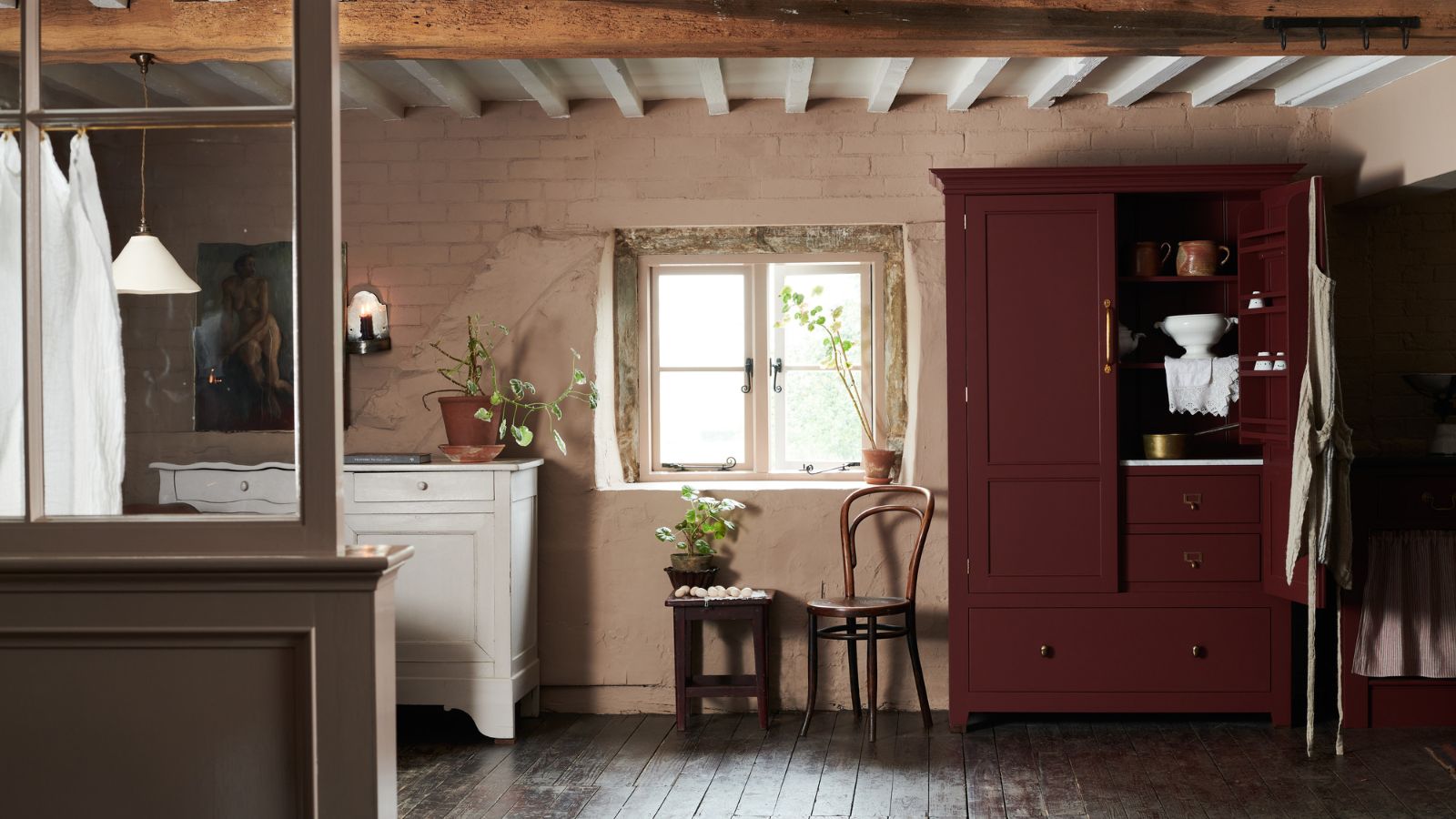 I’m a professional cleaner, and I swear by these quick and easy tips to clean pet hair from wooden floors
I’m a professional cleaner, and I swear by these quick and easy tips to clean pet hair from wooden floorsStaying on top of the mess makes it 10 times easier
By Carolina Kazimierski
-
 Kim Kardashian, Flea, and Travis Scott have this space-age sofa in their living room – the unique, luxury piece is redefining how we think about seating
Kim Kardashian, Flea, and Travis Scott have this space-age sofa in their living room – the unique, luxury piece is redefining how we think about seatingRecently, we've spotted this otherworldly sofa in the homes of seemingly every celebrity we know, Kim Kardashian included
By Sophie Edwards
-
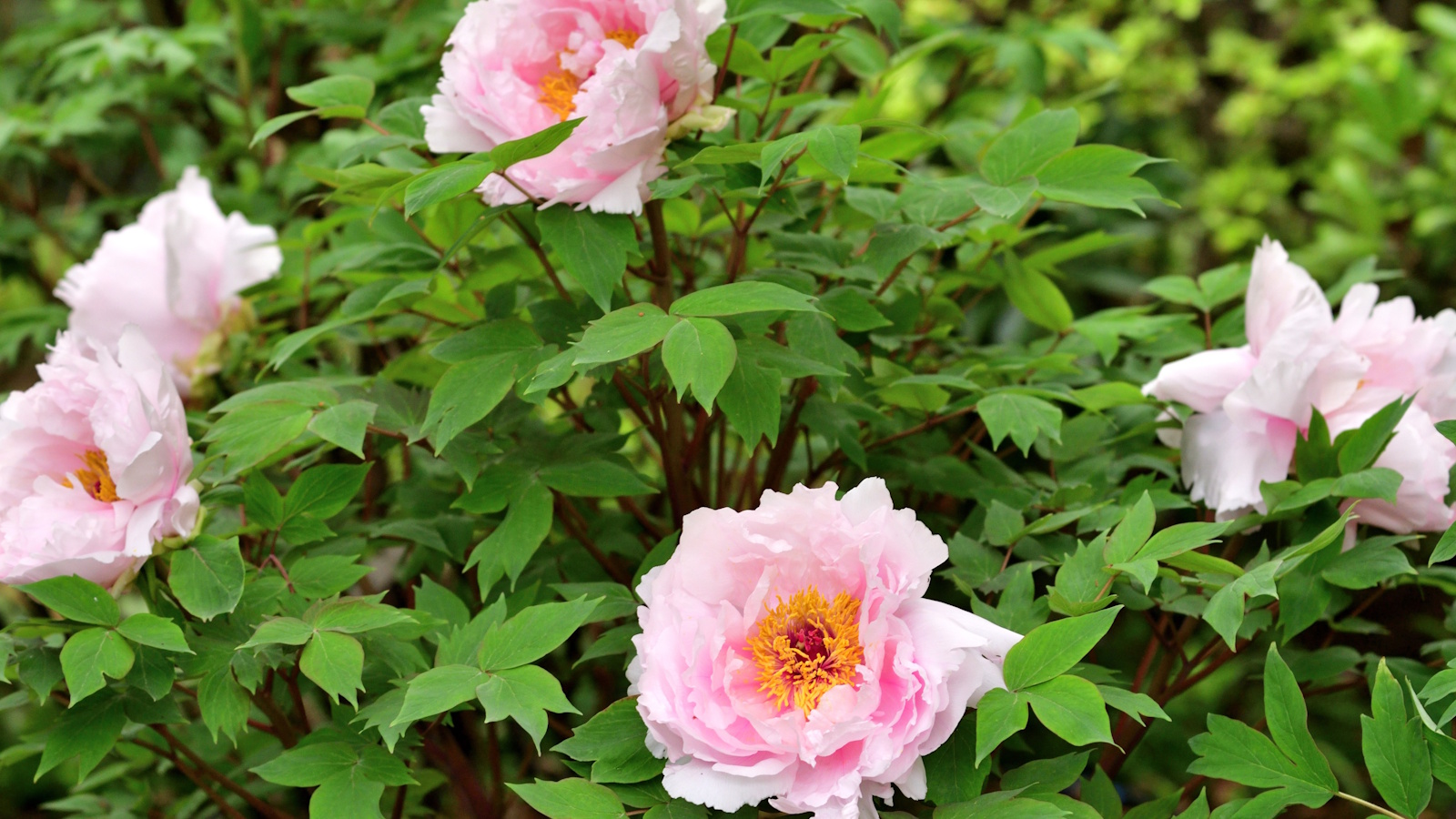 How to grow tree peonies in pots – for a show-stopping shrub that will thrive in partially shaded yards
How to grow tree peonies in pots – for a show-stopping shrub that will thrive in partially shaded yardsWith large, saucer-like blooms, tree peonies are the ultimate flowering shrub
By Thomas Rutter
-
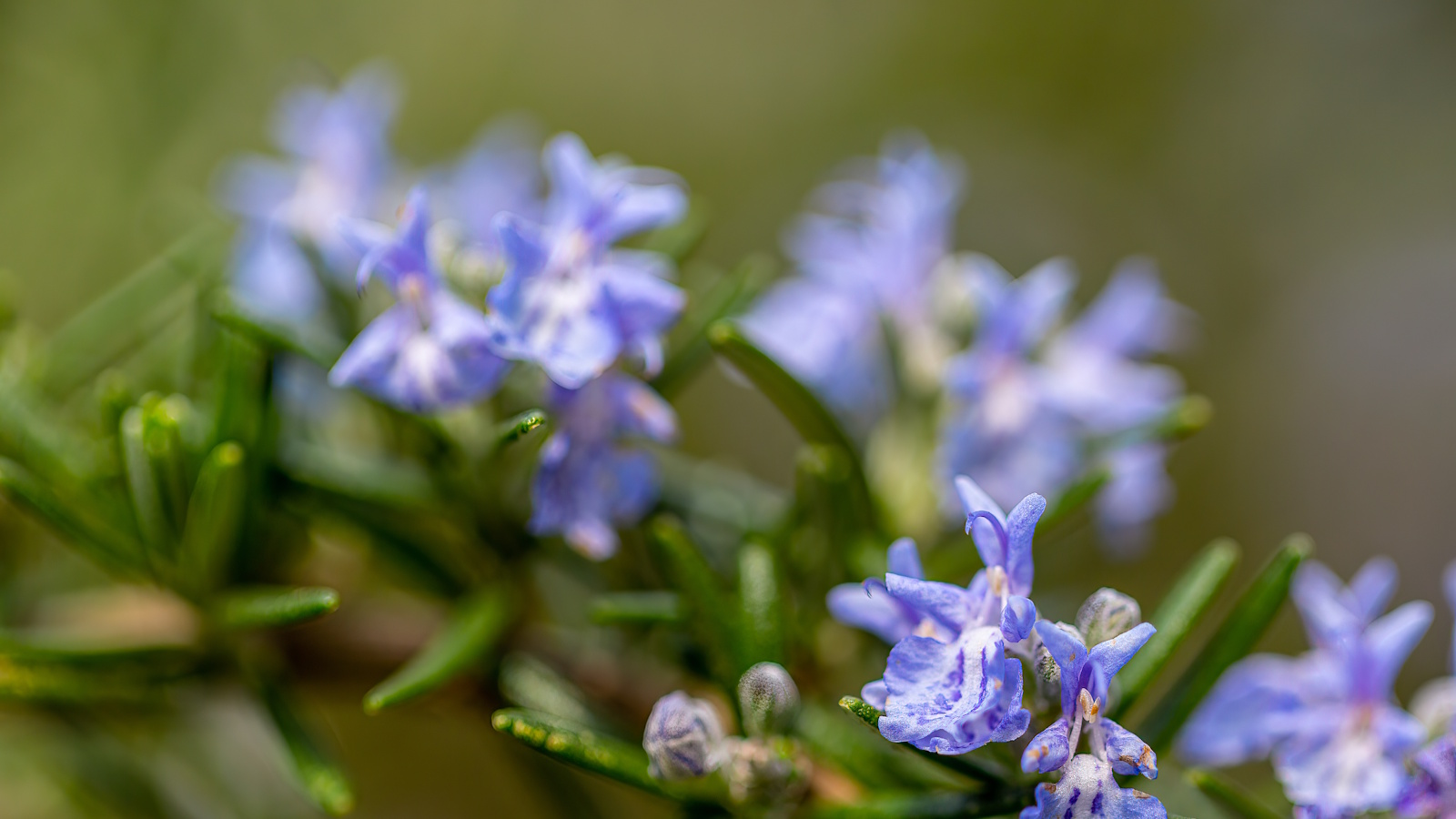 Can you revive woody rosemary plants? Expert pruning advice from a professional gardener to save old, leggy herbs
Can you revive woody rosemary plants? Expert pruning advice from a professional gardener to save old, leggy herbsWith the right pruning approach, old and woody rosemary plants can be brought back to life
By Thomas Rutter
-
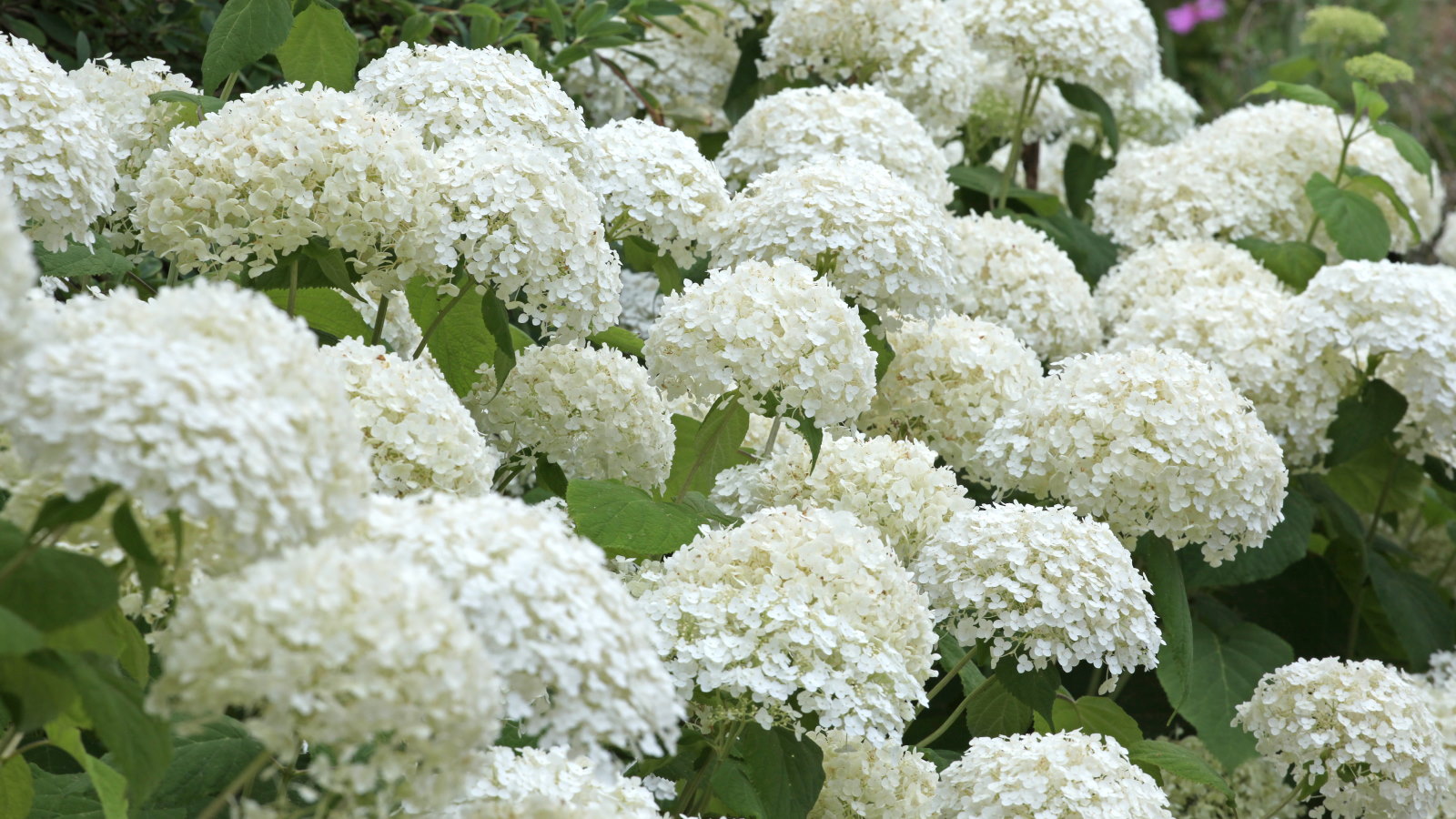 Your hydrangeas will flourish with bigger blooms and healthier growth thanks to this 1 natural material that is easy to use
Your hydrangeas will flourish with bigger blooms and healthier growth thanks to this 1 natural material that is easy to useDiscover why you should be using leaf mold to mulch hydrangeas
By Drew Swainston
-
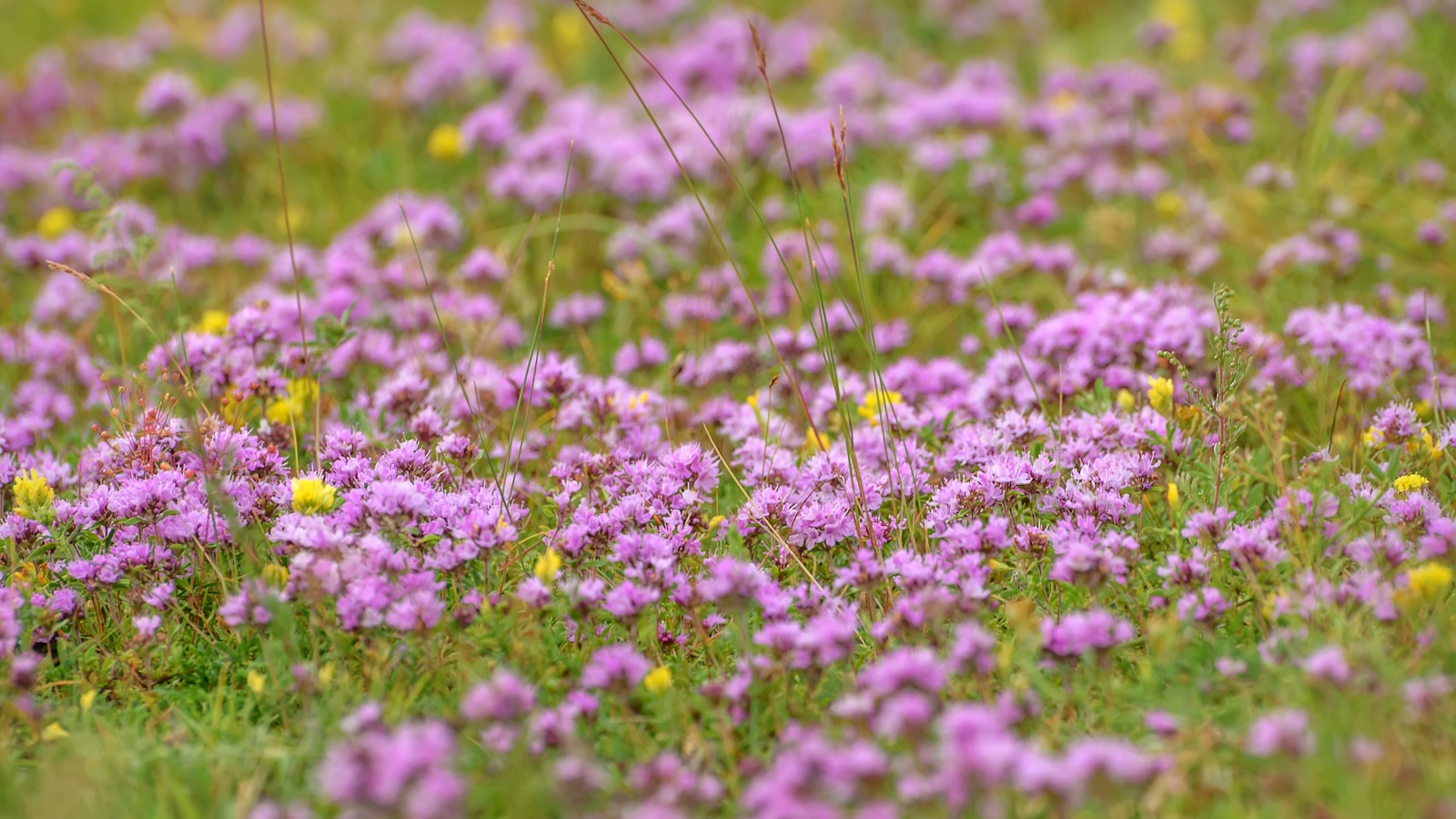 5 fast-growing tiny flowers – expert recommendations to fill your pots and borders with color in record time
5 fast-growing tiny flowers – expert recommendations to fill your pots and borders with color in record timeThese fast-growing tiny flowers prove that miniature can also be marvelous
By Thomas Rutter
-
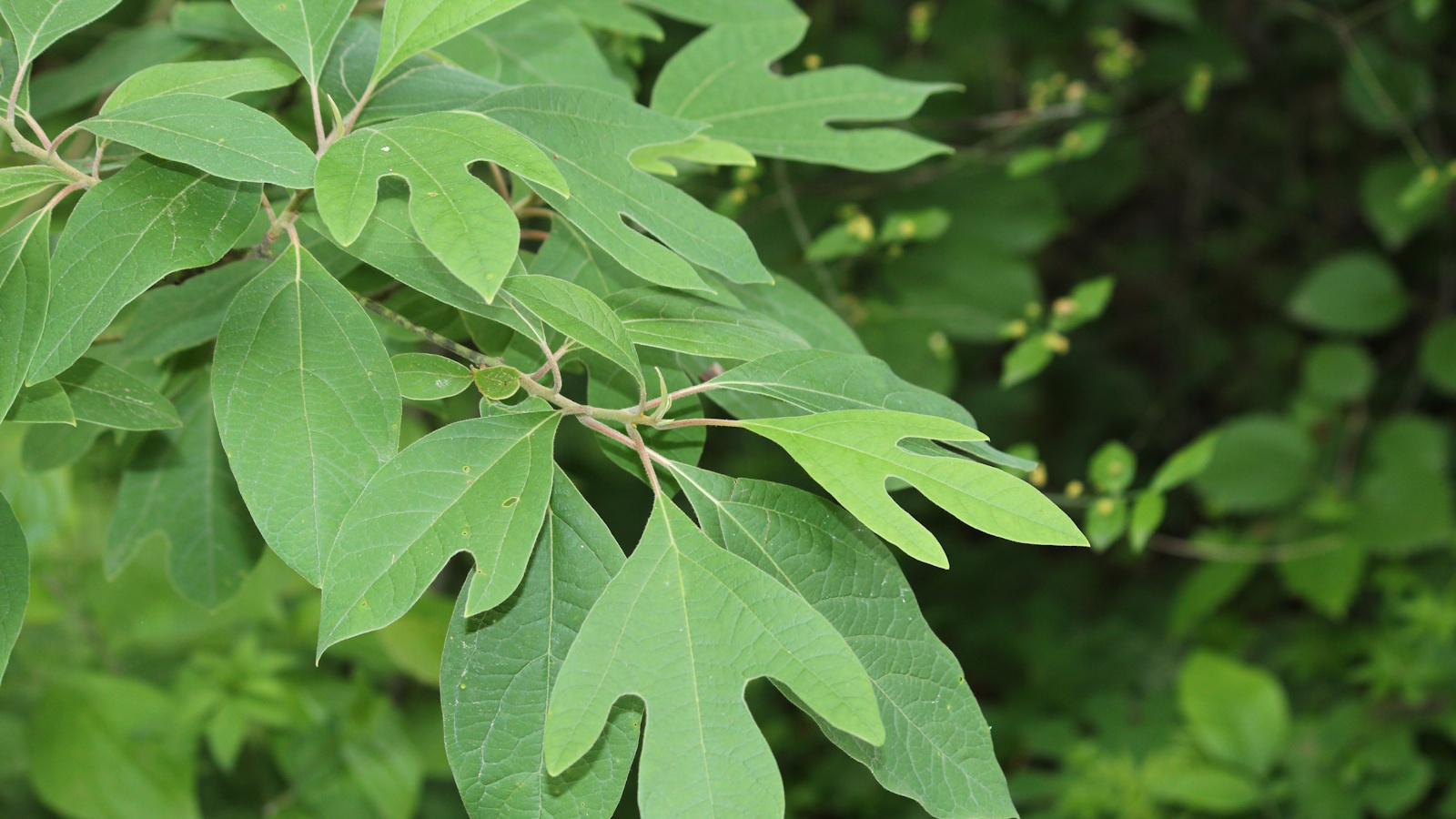 How to grow sassafras – for a low-maintenance native tree that can even be planted in shady yards
How to grow sassafras – for a low-maintenance native tree that can even be planted in shady yardsFor an easy-to-grow North American tree, you will not find much better than sassafras
By Thomas Rutter
-
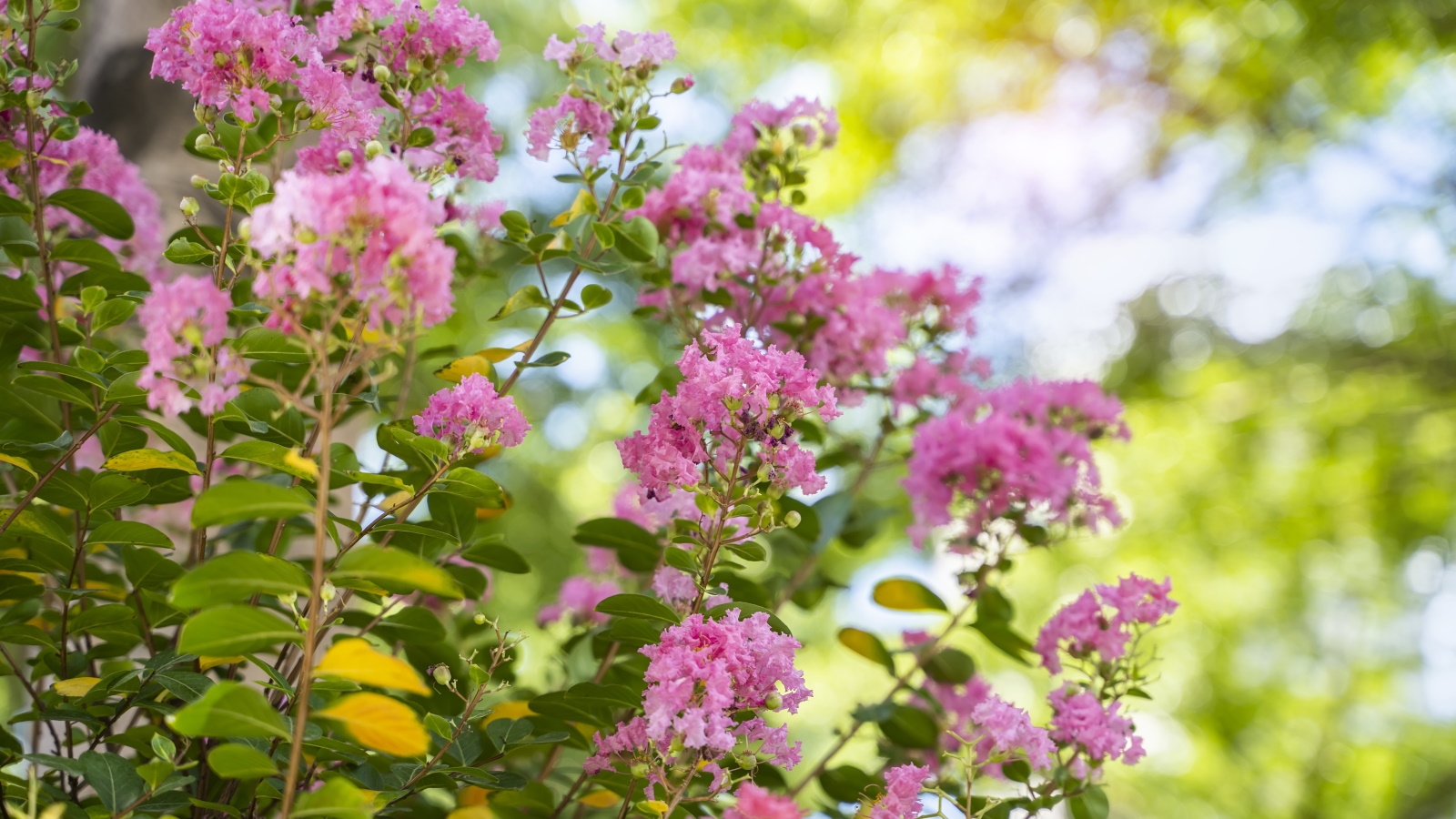 How to grow crepe myrtle in pots – and transform even the smallest of yards with dazzling flowers this summer
How to grow crepe myrtle in pots – and transform even the smallest of yards with dazzling flowers this summerGrowing crepe myrtles in pots will inject splashes of brilliant color into your outside space
By Thomas Rutter
-
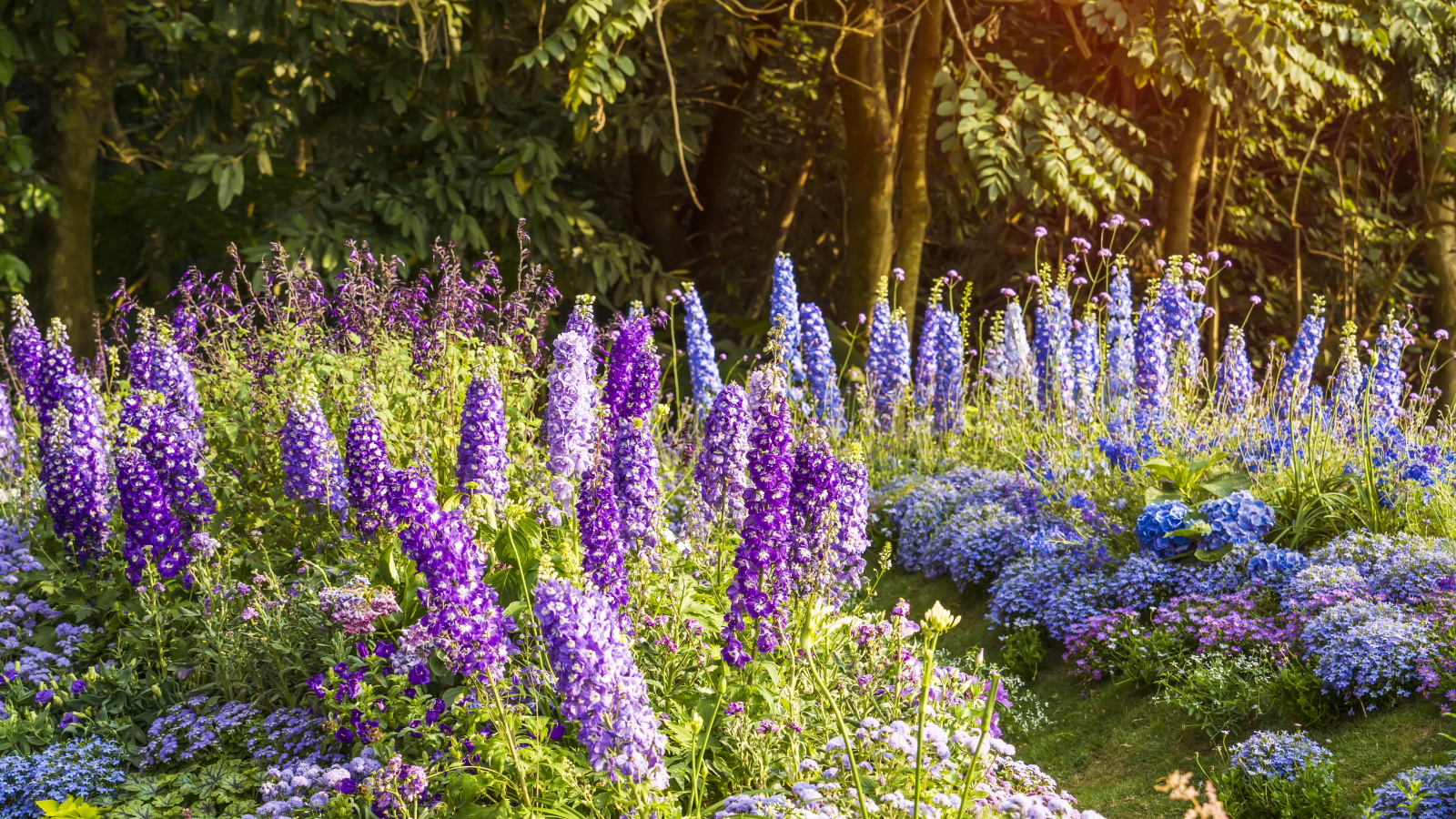 Best types of delphiniums – 14 stunning varieties for vibrant flower spikes in your yard
Best types of delphiniums – 14 stunning varieties for vibrant flower spikes in your yardPlants Here are our top types of delphiniums for brightening summer borders
By Holly Crossley
-
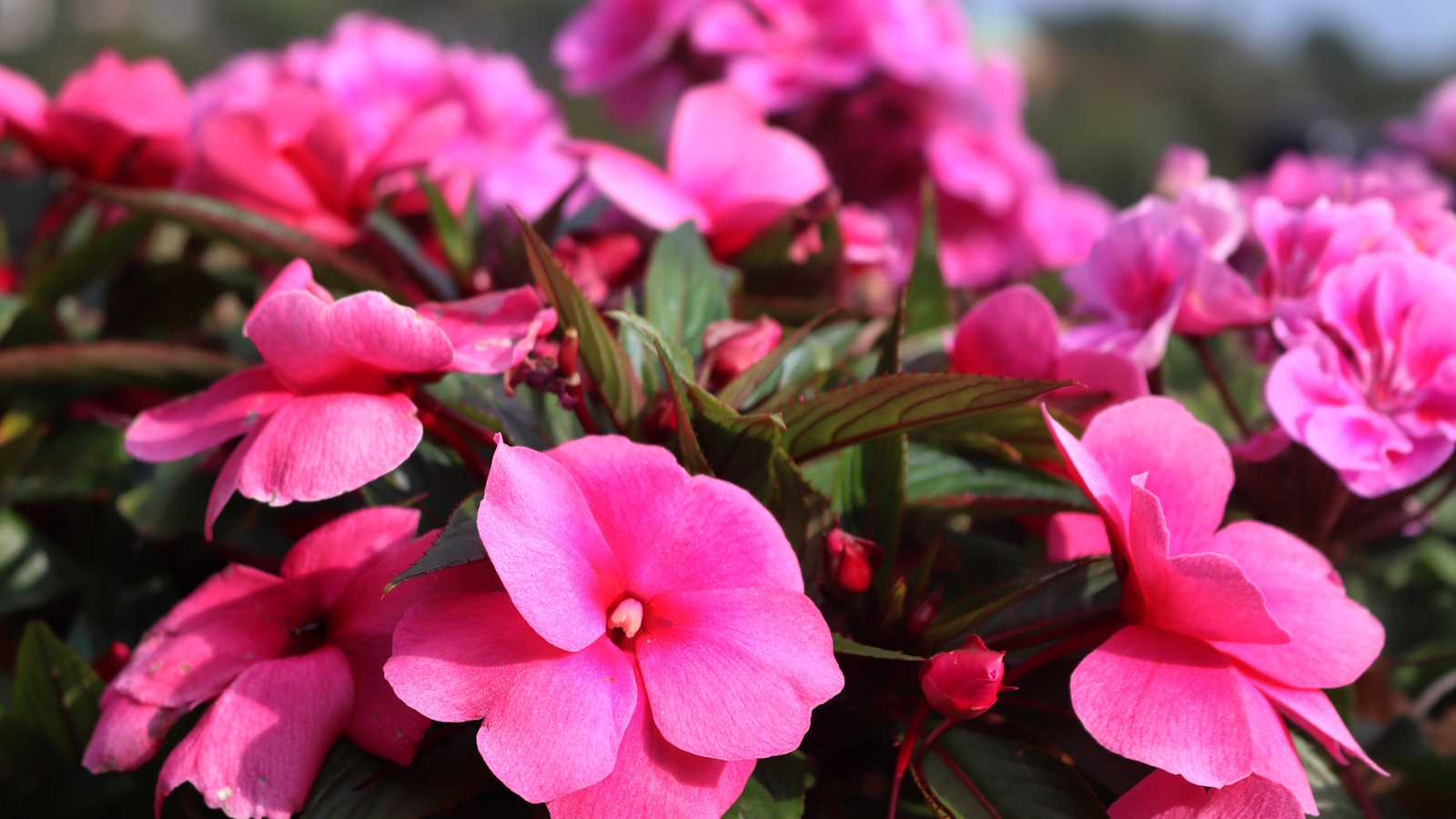 How to grow impatiens – garden experts reveal the secrets to growing this shade-tolerant, sparkling summer plant
How to grow impatiens – garden experts reveal the secrets to growing this shade-tolerant, sparkling summer plantBoth 'Busy Lizzie' and 'New Guinea' impatiens can thrive in shady yards
By Ellen Wells